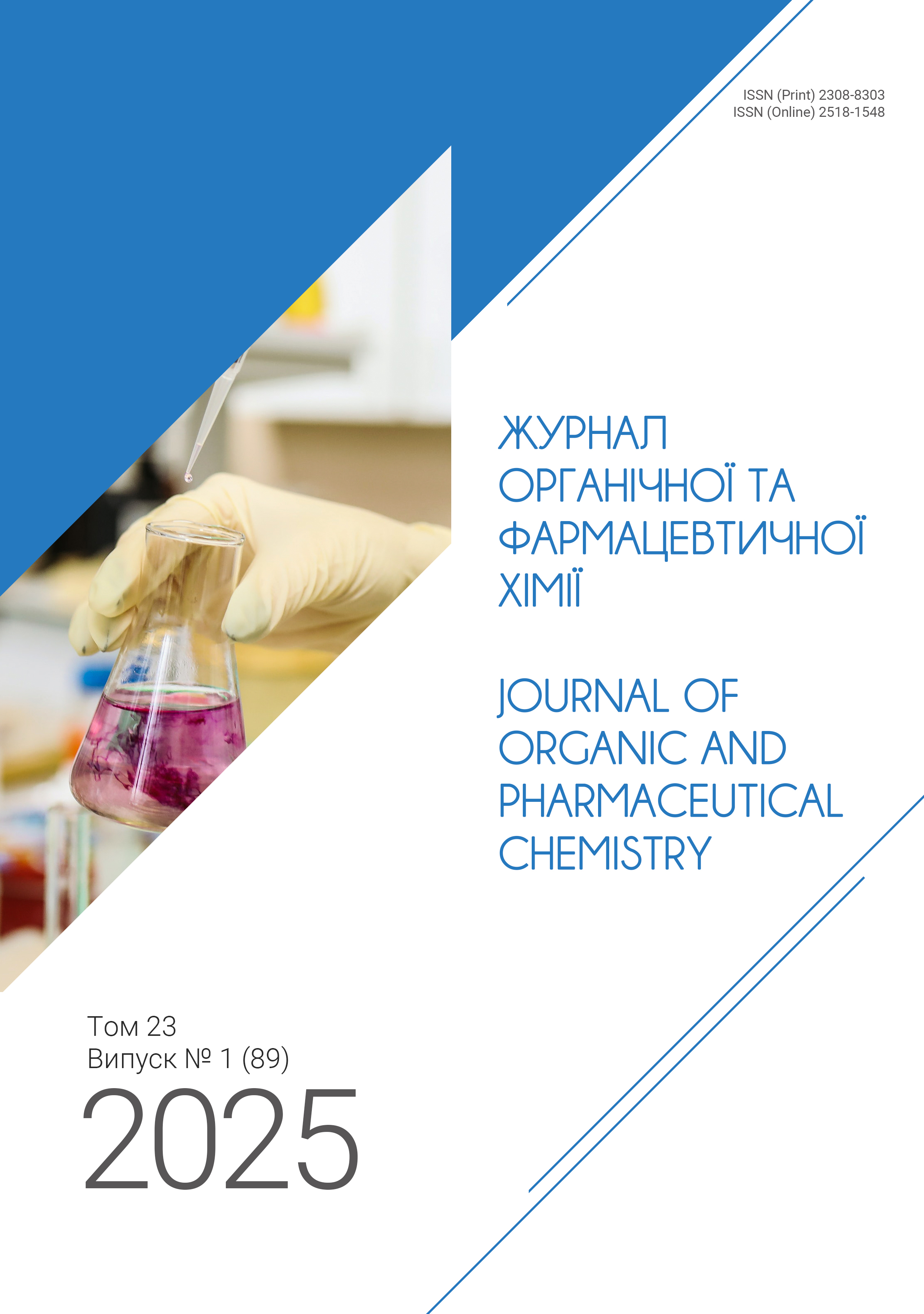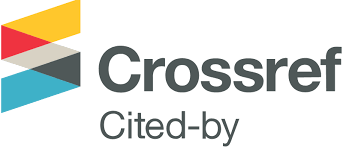Balancing Physicochemical Properties between the Molecules of Mercy (Non-Addictive Drugs) and the Molecules of Mysticism (Often Addictive Drugs)
DOI:
https://doi.org/10.24959/ophcj.25.321860Keywords:
CNS-drugs discovery, pain killers, mind-changers, physicochemical properties, therapeutic drugsAbstract
The fundamental physicochemical features of drugs acting on the central nervous system (CNS) determine their ability to penetrate the blood-brain barrier (BBB) and be active against the CNS activities. In this paper, we study two well-known groups of drugs used or prescribed by physicists to treat CNS disorders. One group of drugs belongs to pain killers (the Molecules of Mercy), and the other group belongs to the mind-changers (the Molecules of Mysticism). These two groups of CNS drugs differ in a number of physicochemical parameters: molecular weight, lipophilicity, hydrogen bound acceptor count, hydrogen bond donor count, polar surface area, polarizability, flexibility, bioavailability, and their behavior (agreement or disagreement) related to specific structural conditions, in particular the Lipinski’s rule, Ghose filter, Veber’s rule, Multi-Drug Data Report (MDDR) criteria. In the study of 41 well-known drugs that affect the CNS (both approved or illegal), it has been found that painkillers that do not cause addiction have a physicochemical profile other than those of mind-changer drugs that are very often addictive.
The features of physicochemical parameters associated with the profiles of “pain killer” and “mind-changer” drugs are discussed.
Supporting Agency
- CNRS-Aix Marseille-University and Marseille Institute for Biology of Development (IBDM) are greatly acknowledged for the facilities offered and financial support.
Downloads
References
- Goodman, M.; Morehouse, F. Organic Molecules in Action; Gordon & Breach Publishing Group, 1973.
- Painkillers and Prostaglandins. Nat. Struct. Mol. Biol. 2003, 10 (4), 233. https://doi.org/10.1038/nsb0403-233.
 |
|  |
| 
- Kuteykin-Teplykanov K. Molecules of Mysticism: Pharmacology Meets Anthropology. Open foundation ICPR conference, October 24, 2010. Amsterdam University.
- Sanders, J. W.; Zijlmans, J. Moving Past Mysticism in Psychedelic Science. ACS Pharmacol. Transl. Sci. 2021, 4 (3), 1253–1255. https://doi.org/10.1021/acsptsci.1c00097.
 |
|  |
| 
- Pajouhesh, H.; Lenz, G. R. Medicinal Chemical Properties of Successful Central Nervous System Drugs. NeuroRX 2005, 2 (4), 541–553. https://doi.org/10.1602/neurorx.2.4.541.
 |
|  |
| 
- Rankovic, Z. CNS Drug Design: Balancing Physicochemical Properties for Optimal Brain Exposure. J. Med. Chem. 2015, 58 (6), 2584–2608. https://doi.org/10.1021/jm501535r.
 |
|  |
| 
- Melzack, R.; Wall, P. D. Pain Mechanisms: A New Theory. Science 1965, 150 (3699), 971–978. https://doi.org/10.1126/science.150.3699.971.
 |
|  |
| 
- Uprety, R.; Che, T.; Zaidi, S. A.; Grinnell, S. G.; Varga, B. R.; Faouzi, A.; Slocum, S. T.; Allaoa, A.; Varadi, A.; Nelson, M.; Bernhard, S. M.; Kulko, E.; Le Rouzic, V.; Eans, S. O.; Simons, C. A.; Hunkele, A.; Subrath, J.; Pan, Y. X.; Javitch, J. A.; McLaughlin, J. P. Controlling Opioid Receptor Functional Selectivity by Targeting Distinct Subpockets of the Orthosteric Site. eLife 2021, 10. https://doi.org/10.7554/elife.56519.
 |
|  |
| 
- Yang, S.; Chang, M. C. Chronic Pain: Structural and Functional Changes in Brain Structures and Associated Negative Affective States. Int. J. Mol. Sci. 2019, 20 (13), 3130. https://doi.org/10.3390/ijms20133130.
 |
|  |
| 
- Nutt, D.; Spriggs, M.; Erritzoe, D. Psychedelics Therapeutics: What We Know, What We Think, and What We Need to Research. Neuropharmacology 2022, 223, 109257. https://doi.org/10.1016/j.neuropharm.2022.109257.
 |
|  |
| 
- Wishart, D. S.; Feunang, Y. D.; Guo, A. C.; Lo, E. J.; Marcu, A.; Grant, J. R.; Sajed, T.; Johnson, D.; Li, C.; Sayeeda, Z.; Assempour, N.; Iynkkaran, I.; Liu, Y.; Maciejewski, A.; Gale, N.; Wilson, A.; Chin, L.; Cummings, R.; Le, D.; Pon, A. DrugBank 5.0: A Major Update to the DrugBank Database for 2018. Nucleic Acids Res. 2018, 46 (D1), D1074–D1082. https://doi.org/10.1093/nar/gkx1037.
 |
|  |
| 
- Hansch, C.; Leo, A. Substituent Constants for Correlation Analysis in Chemistry and Biology; John Wiley & Sons, 1979.
- Hansch, C.; Björkroth, J. P.; Leo, A. Hydrophobicity and Central Nervous System Agents: On the Principle of Minimal Hydrophobicity in Drug Design. J. Pharm. Sci. 1987, 76 (9), 663–687. https://doi.org/10.1002/jps.2600760902.
 |
|  |
| 
- Forrey, C.; Douglas, J. F.; Gilson, M. K. The Fundamental Role of Flexibility on the Strength of Molecular Binding. Soft Matter 2012, 8 (23), 6385. https://doi.org/10.1039/c2sm25160d.
 |
|  |
| 
- Davis, J. L. Pharmacologic Principles. Equine Internal Medicine 2018, 4, 79–137. https://doi.org/10.1016/b978-0-323-44329-6.00002-4.

- Ertl, P.; Rohde, B.; Selzer, P. Fast Calculation of Molecular Polar Surface Area as a Sum of Fragment-Based Contributions and Its Application to the Prediction of Drug Transport Properties. J. Med. Chem. 2000, 43 (20), 3714–3717. https://doi.org/10.1021/jm000942e.
 |
|  |
| 
- Hitchcock, S. A.; Pennington, L. D. Structure−Brain Exposure Relationships. J. Med. Chem. 2006, 49 (26), 7559–7583. https://doi.org/10.1021/jm060642i.
 |
|  |
| 
- Daintith, J. A Dictionary of Chemistry; Oxford University Press, 2008. https://doi.org/10.1093/acref/9780199204632.001.0001.
- Lipinski, C. A.; Lombardo, F.; Dominy, B. W.; Feeney, P. J. Experimental and Computational Approaches to Estimate Solubility and Permeability in Drug Discovery and Development Settings. Adv. Drug Delivery Rev. 1997, 23 (1-3), 3–25. https://doi.org/10.1016/s0169-409x(96)00423-1.
 |
| 
- Ghose, A. K.; Viswanadhan, V. N.; Wendoloski, J. J. A Knowledge-Based Approach in Designing Combinatorial or Medicinal Chemistry Libraries for Drug Discovery. 1. A Qualitative and Quantitative Characterization of Known Drug Databases. J. Comb. Chem. 1999, 1 (1), 55–68. https://doi.org/10.1021/cc9800071.
 |
|  |
| 
- Veber, D. F.; Johnson, S. R.; Cheng, H.-Y.; Smith, B. R.; Ward, K. W.; Kopple, K. D. Molecular Properties That Influence the Oral Bioavailability of Drug Candidates. J. Med. Chem. 2002, 45 (12), 2615–2623. https://doi.org/10.1021/jm020017n.
 |
|  |
| 
- Oprea, T. I. Property distribution of drug-related chemical databases. J. Comput.-Aided Mol. Des. 2000, 14 (3), 251–264. https://doi.org/10.1023/a:1008130001697.
 |
|  |
| 
- Schneider, G. Automating Drug Discovery. Nat. Rev. Drug Discovery 2017, 17 (2), 97–113. https://doi.org/10.1038/nrd.2017.232.
 |
|  |
| 
Downloads
Published
How to Cite
Issue
Section
License
Copyright (c) 2025 National University of Pharmacy

This work is licensed under a Creative Commons Attribution 4.0 International License.
Authors publishing their works in the Journal of Organic and Pharmaceutical Chemistry agree with the following terms:
1. Authors retain copyright and grant the journal the right of the first publication of the work under Creative Commons Attribution License allowing everyone to distribute and re-use the published material if proper citation of the original publication is given.
2. Authors are able to enter into separate, additional contractual arrangements for the non-exclusive distribution of the journal’s published version of the work (e.g., post it to an institutional repository or publish it in a book) providing proper citation of the original publication.
3. Authors are permitted and encouraged to post their work online (e.g. in institutional repositories or on authors’ personal websites) prior to and during the submission process, as it can lead to productive exchanges, as well as earlier and greater citation of published work (see The Effect of Open Access).















